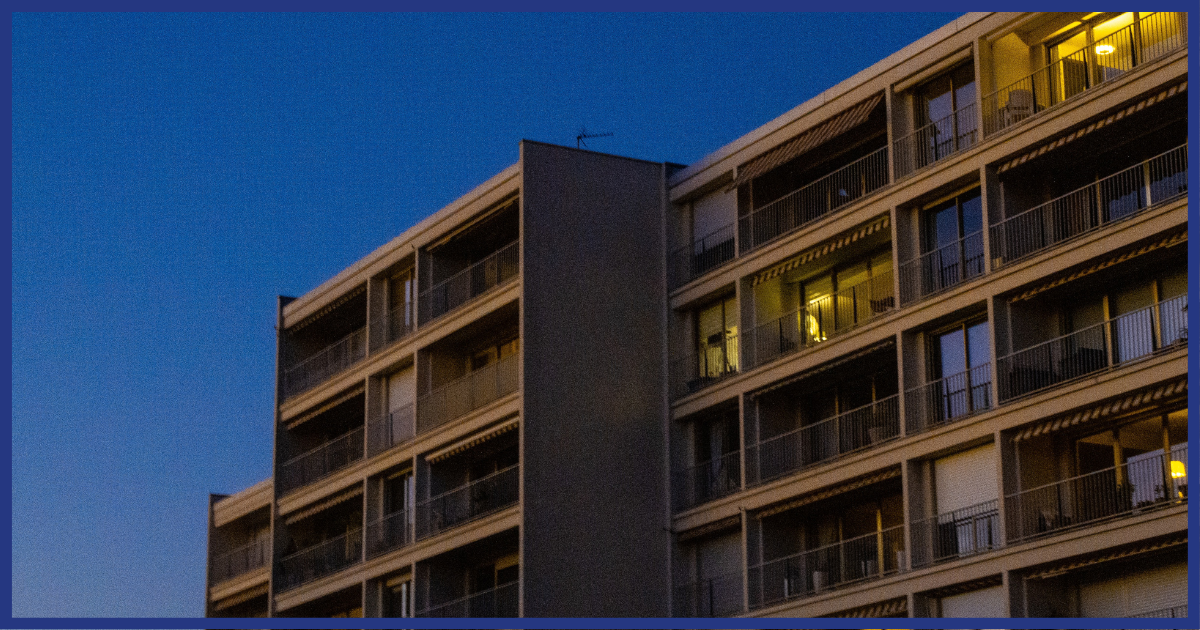The article “A labeling strategy to define airtightness performance ranges of naturally ventilated dwellings: An application in southern Europe”, by Vítor Cardoso from BUILT CoLAB (an article resulting from his work as part of the PhD he has just completed at FEUP – Faculty of Engineering of the University of Porto), together with Lurdes Simões (Construct, FEUP), Nuno Ramos (Construct, FEUP), Ricardo Almeida (Construct, IPViseu), Manuela Almeida (ISISE, UMINHO), and João Fernandes (ISISE, UMINHO).
This article will be published in Volume 269 of Elsevier’s “Energy and Buildings” magazine in August 2022.
Article abstract:
Energy efficiency and indoor air quality are frequently-two conflicting objectives when establishing the air change rate (ACH) of a dwelling. In Europe, the northern countries have a clear focus on energy conservation, leading to an obvious awareness of the importance of airtightness, which translates into a high level of regulation and implementation. Meanwhile, the southern counterparts experience a more complex challenge by having predominantly passive ventilation strategies and milder climates, which often results in a more permissive approach.
This work proposes an innovative labelling methodology to classify the performance of naturally ventilated dwellings. A representative sample of a southern European national built stock is used in a stochastic process to create a pool of 43,200 unique dwellings. The simulation period refers to a month of the typical heating season in the southern European mild conditions. The results test the labelling methodology. With feature selection, ACH limits, and a labelling strategy, dwellings classify according to their ability to provide adequate ACHs.
The terrain was the best splitter of the dataset from the applied categorical variables. Regarding continuous variables, the airtightness was the one explaining most of the variability of the outputted ACHs, followed by the floor area. From the best performing dwellings labelled as compliant (Com), the average airtightness level was 5.3 h−1, with 4.9 h−1 and 5.8 h−1 in rural and urban locations.
You can find more information here.

